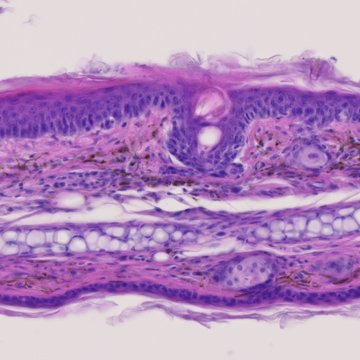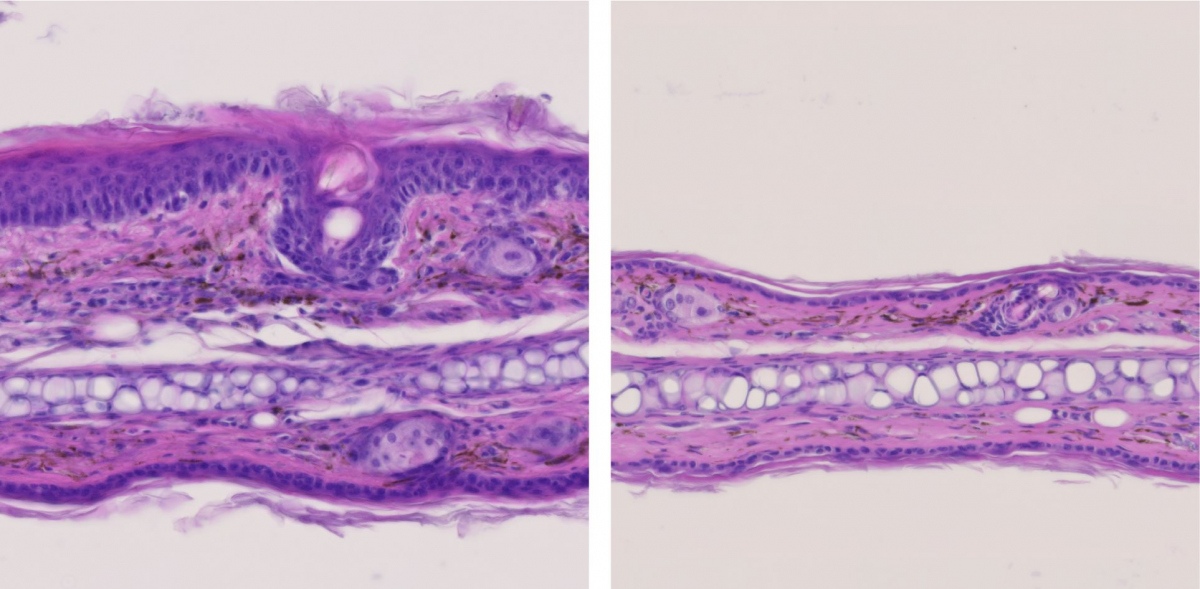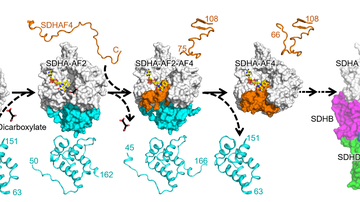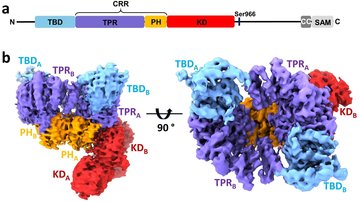
Researchers Have Discovered A New Protein Function In The Body’s Immune Response
A new player on the field of the body's immune response. Scientists have succeeded in describing another component in the "receiver" of inflammatory signals - the CMTM4 protein. The discovery was made by a team of scientists from the Institute of Molecular Genetics of the Czech Academy of Sciences and the 1st Faculty of Medicine of Charles University in the BIOCEV centre, led by Peter Dráber and Ondřej Štěpánek.
The immune system consists of a huge number of individual cells, white blood cells. During an immune response, all cells must work in concert to suppress infection and minimise collateral damage caused to their own tissues. To accomplish this, white blood cells begin to communicate with other cells in the body. Interleukin 17 (IL-17), a protein released by immune cells, acts as one of the key signals that put cells on alert.
A cell that receives such a signal triggers a specific type of inflammatory response that leads to the suppression of certain yeast and bacterial infections of the skin and mucous membranes. On the other hand, if this immune cell coordination fails for any reason, the autoimmune system can be triggered and it “fires into its own ranks”, figuratively speaking. IL-17 plays a crucial role in some autoimmune diseases such as psoriasis and psoriatic arthritis.
A new component with a comic book name
A cell can perceive the pro-inflammatory signals sent from the IL-17 protein only if it has a corresponding “receiver” or “receptor for IL-17” on its surface. Using a modern approach, the collaborating laboratories of Ondřej Štěpánek from the Institute of Molecular Genetics of the Czech Academy of Sciences and Peter Dráber from the 1st Faculty of Medicine, Charles University at the BIOCEV Centre have succeeded in discovering a previously unknown component of this receptor.

“It is a protein with an almost comic book-like name, CKLF-like MARVEL transmembrane domain-containing protein 4, abbreviated as CMTM4. Subsequent research has shown that CMTM4 is essential for the composition of the receptor for IL-17 and for the susceptibility of cells to this signal,” explains Peter Dráber. Using the CRISPR-Cas9 technology, which enables users to edit the genetic information stored in DNA, cell lines and later genetically modified mice lacking the gene for CMTM4 were prepared. “Cells lacking CMTM4 lost the ability to respond to IL-17. Similarly, mice lacking CMTM4 were largely protected against autoimmune psoriasis,” adds Ondřej Štěpánek.
Given the critical role IL-17 plays in some autoimmune diseases, there is a hypothetical possibility that CMTM4 could serve as a target for future therapies for these diseases, which has yet to be confirmed.
The study, which significantly advances knowledge of the fundamental molecular mechanisms of the immune system, was published in Nature Immunology, one of the most prestigious immunology journals.
Publication link:
Knizkova D, Pribikova M, Draberova H, Semberova T, Trivic T, Synackova A, Ujevic A, Stefanovic J, Drobek A, Huranova M, Niederlova V, Tsyklauri O, Neuwirth A, Tureckova J, Stepanek O, Draber P (2022). CMTM4 is a subunit of the IL-17 receptor and mediates autoimmune pathology. Nature Immunology. https://doi.org/10.1038/s41590-022-01325-9












